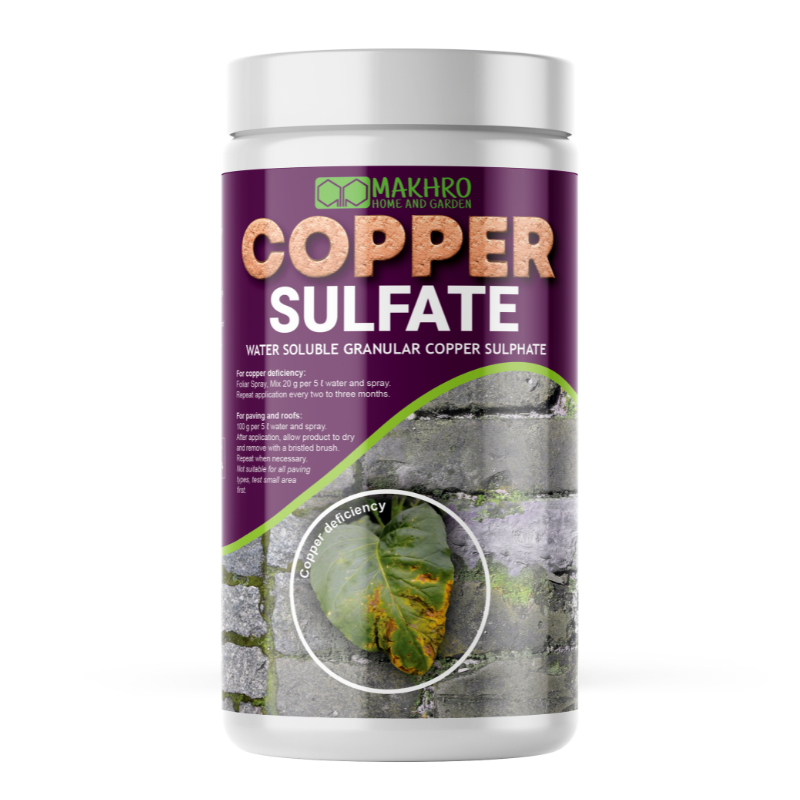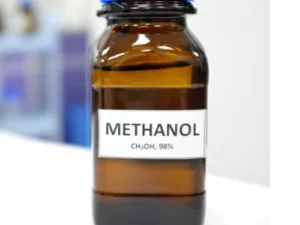Description
Copper Sulfate: A Versatile Compound with a Wide Range of Applications
Copper sulfate, also known as cupric sulfate, is a chemical compound with the formula CuSO₄. This blue crystalline solid is a synthetic substance produced industrially. While it naturally occurs as several rare minerals, the copper sulfate used in various applications is predominantly manufactured. Its versatility stems from its properties including its solubility in water, antifungal and algicidal activity, and its role as a source of copper.
Properties and Production:
Copper sulfate is typically found as a pentahydrate (CuSO₄·5H₂O), a bright blue crystal, although it can also exist in anhydrous form (CuSO₄), which is a grayish-white powder. It’s highly soluble in water, creating a solution also blue in color. When heated, the pentahydrate loses its water molecules in stages, eventually becoming the anhydrous form.
Industrially, copper sulfate is produced through various methods, including:
- Reaction of copper metal with hot concentrated sulfuric acid: This is a common method, resulting in the formation of copper sulfate and sulfur dioxide.
- Leaching of oxidized copper ores: This process involves dissolving copper from ores using sulfuric acid.
- Reaction of copper oxide with sulfuric acid: This is a more straightforward method, involving the direct reaction of the two compounds.
Diverse Applications:
The wide range of applications for copper sulfate highlights its importance across various industries:
- Agriculture: Perhaps its most well-known use is as a fungicide and algaecide. It’s effectively used to control fungal diseases in crops like grapes, melons, and berries. It is also used in ponds to control algae growth.
- Algicide pool maintenance: To maintain clean pools, keep the algae growth at bay.
- Wood Preservation: Copper sulfate is used as a wood preservative, preventing rot and decay, particularly in marine environments.
- Root Killer: Used to clear roots from pipes and sewers, preventing blockages.
- Textile Industry: Used as a mordant in dyeing processes, helping dyes bind to fabrics.
- Leather Tanning: In the leather industry, copper sulfate is used to treat leather, improving its quality and durability.
- Electroplating: Employed in copper plating processes, providing a thin layer of copper onto other metals.
- Chemistry and Education: Used in chemistry laboratories for various experiments, including demonstrating crystal growth, redox reactions, and complex formation.
- Medical Applications: Historically used as an emetic (to induce vomiting) and as a topical treatment for fungal infections. However, these uses are now largely outdated due to safer and more effective alternatives.
- Animal Feed: Copper sulfate is sometimes added to animal feed as a copper supplement, essential for various biological processes.
Safety Considerations:
While versatile, copper sulfate is not without its hazards. It is an irritant to the skin, eyes, and respiratory system. Ingestion of large amounts can cause nausea, vomiting, and abdominal pain. Prolonged exposure can lead to skin discoloration and allergic reactions.
Important Safety Measurements:
- Personal Protective Equipment (PPE): When handling copper sulfate, it’s crucial to wear appropriate PPE, including gloves, eye protection, and respiratory protection (dust mask) where necessary.
- Proper Ventilation: Ensure adequate ventilation when working with copper sulfate to avoid inhaling dust or fumes.
- Storage: Store copper sulfate in a cool, dry place, away from incompatible materials. Keep it out of reach of children and pets.
- Disposal: Dispose of waste copper sulfate according to local regulations.
Conclusion:
Copper sulfate’s unique properties and relatively low cost have made it a widely used compound across a broad spectrum of applications. From agriculture and pool maintenance to industrial processes and educational settings, its versatility is undeniable. However, it is important to handle this chemical with awareness and caution, adhering to safety guidelines to minimize potential risks. As research continues, new applications for copper sulfate may emerge, solidifying its position as a valuable and essential chemical compound.












Reviews
There are no reviews yet.